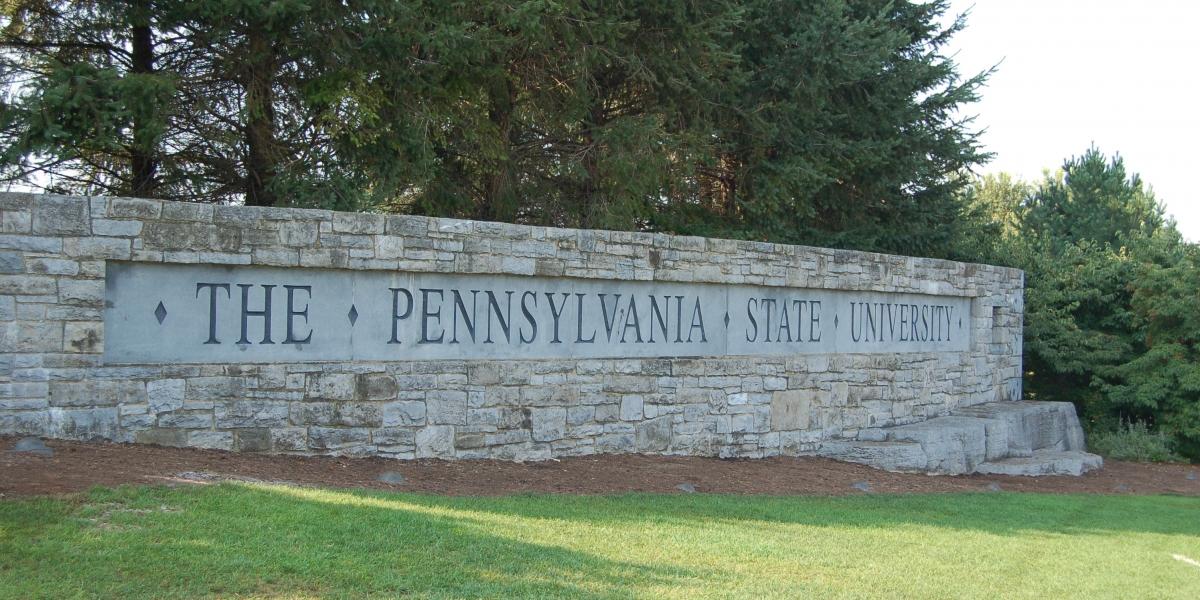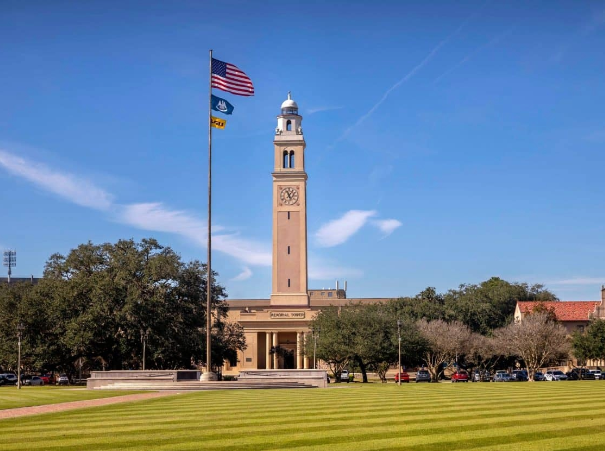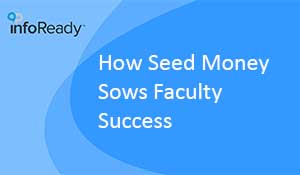 Research development offices may be small, but they pack a powerful punch! They’re here to support research all over campus by offering a range of resources, including internal funding programs that help researchers and their ideas flourish and grow. Speaking with InfoReady, Hana Kabashi, Program Manager at the University of Maryland, shared examples of programs her office facilitates to “grow the volume and visibility of UMD’s research enterprise.”
Research development offices may be small, but they pack a powerful punch! They’re here to support research all over campus by offering a range of resources, including internal funding programs that help researchers and their ideas flourish and grow. Speaking with InfoReady, Hana Kabashi, Program Manager at the University of Maryland, shared examples of programs her office facilitates to “grow the volume and visibility of UMD’s research enterprise.”
InfoReady is at the heart of these opportunities, making it easier than ever for faculty members from all disciplines to access funding programs. Hana enthusiastically shared the goals and strategies behind these programs, aiming to inspire other institutions to kickstart or boost their own initiatives.
Maryland Catalyst Funds Program
- Goal 1 - Foster collaborations that may lead to interdisciplinary teams with high potential: “This is the way for us to give money to support a one or two day meeting, where we get everybody in the ring together and start throwing ideas at a wall to see what sticks.
- Goal 2 - Support project costs external agencies may not: One specific track is geared for the humanities, and can be used for pilot data, graduate students, graphics, or travel.
- Goal 3 - Remove (even small) barriers: “The funding is not extensive, and it’s really paying for sometimes coffee and food and space, but we don’t want that to be a deterrent.”
Independent Scholarship, Research, and Creativity Awards (ISRCA)
- Goal 1 - Fill in the gaps for non-STEM related projects: The awards can go toward teaching release summer salaries, or other research-related expenses like archival projects, travel, field studies, and digitization.
- Goal 2 - Connect with a new audience: “It allowed us to reach an entirely new set of faculty and departments. People who hadn’t reached out to us before, people who we hadn’t worked with before, they started coming to us with ideas, coming to us with questions.”
- Goal 3 - Build rapport across colleges: They partner with Associate Deans to advertise the opportunity and foster ongoing relationships with the Research Development Office
AI + Medicine for High Impact (AIM-HI) Challenge Awards
- Goal 1 - Encourage collaboration across campus locations: UMD has unique strengths in two different locations: artificial intelligence (College Park) and medicine (Baltimore).
- Goal 2 - Integrate mentorship with varying levels of expertise: The RFP includes a requirement for the team to include both junior and senior faculty.
- Goal 3 - Make applicants think ahead: “They had to be really ambitious in their proposals to identify external funding opportunities that they would leverage the seed funding for.”
Thank you Hana for sharing her team’s experience with faculty research support programs and grand challenges.





